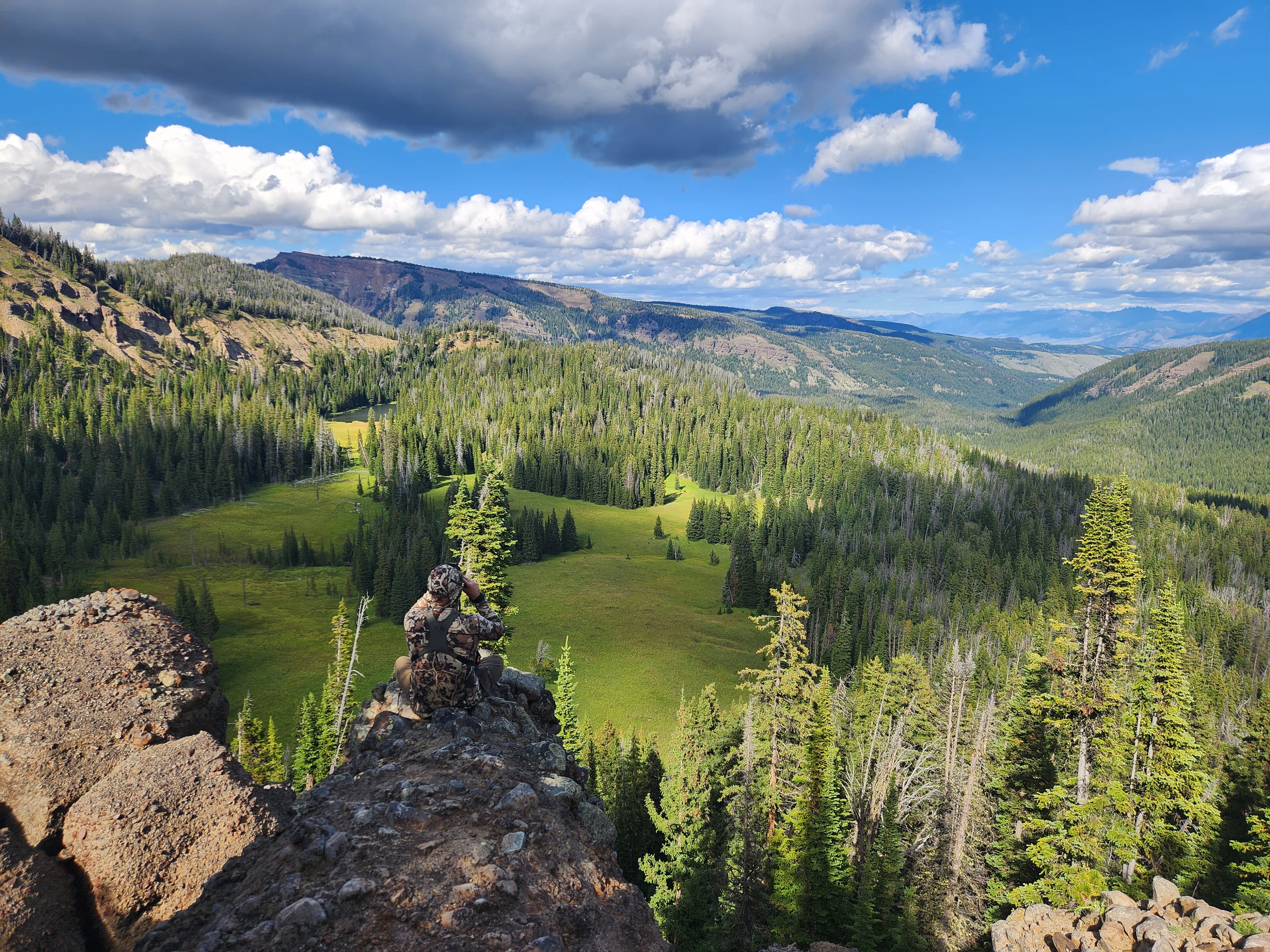
USDA’s move to rescind the 2001 Roadless Rule threatens fish and wildlife habitat, clean water, and recreation opportunity.
Contact:
- Chris Wood, President and CEO, Trout Unlimited – chris.wood@tu.org
- Corey Fisher, Public Lands Policy Director, Trout Unlimited – corey.fisher@tu.org
- Zoe Bommarito, National Communications Director, Trout Unlimited – zoe.bommarito@tu.org, 517-604-1844
Arlington, Virginia – The U.S. Department of Agriculture (USDA) will publish its Notice of Intent to rescind the 2001 Roadless Area Conservation Rule on Friday, August 29 – initiating the process to roll back critical protections for approximately 45 million acres of national forest land across 37 states. The move follows the agency’s announcement earlier this year and will trigger a 21-day public comment period.
“For nearly 25 years, the Roadless Rule has safeguarded America’s backcountry—70 percent of which is home to native trout and salmon. Roadless Areas also protect drinking water for millions, and offer some of the finest hunting and fishing opportunity in the world,” said Chris Wood, President and CEO of Trout Unlimited. “We would, honestly, welcome a transparent, collaborative process to determine if tweaks to the rule would allow us to better protect the values of roadless areas while also better protecting communities of people at risk of catastrophic fire. Rather than rescinding the Roadless Rule and allowing that chaos to unfold, we encourage the Forest Service to work with stakeholders to develop solutions that continue to protect roadless areas and intact fish and wildlife habitat.”
The Roadless Rule conserves backcountry public lands and waters while providing flexibility for the U.S. Forest Service to steward these high-value landscapes through active management. Originally promulgated in response to the growing backlog of costs associated with maintaining the more than 386,000 miles of roads spanning across the national forest system, the Roadless Rule has become an effective and popular mechanism for conserving important backcountry fish and wildlife habitat.
“The Roadless Rule balances active forest management with the conservation of our last, best fish and wildlife habitat. Roadless Areas offer irreplaceable backcountry hunting and fishing for mule deer, elk and native trout, just to name a few opportunities,” said Corey Fisher, Public Land Policy Director. “Rolling back the Roadless Rule risks trading clean water and healthy fisheries for little economic benefit, while saddling future generations with the bill for more roads, maintenance, and wildfire risk. Rather than remove a key conservation tool, the Forest Service should work with local communities to steward these last, best places—because once they’re gone, they’re gone forever.”
Roadless areas, accounting for only 2% of the land base of the United States, provide unparalleled outdoor access for hunters and anglers, allow for grazing, motorized trails, energy and resource management activities, and power the restoration economy. On national forests across the western United States, one in five acres treated to reduce the risk of wildfire has been in roadless areas. Meanwhile, 70 percent of Roadless Areas are home to native trout or salmon, making these public lands irreplaceable to sustain our coldwater fisheries.
Explore Roadless Areas using Trout Unlimited’s interactive mapper.
###
Trout Unlimited is the nation’s leading conservation organization working to care for and recover rivers and streams and their trout and salmon populations. We bring people together across the country to be champions for their rivers and help make our water cleaner and our communities healthier. Founded by a small band of Michigan anglers in 1959, we have grown into a national organization with more than 350 staff, 400 chapters, and 300,000 members and supporters. We bring science-driven restoration know-how, state and national policy muscle, and local volunteer energy to bear on behalf of clean water, healthy trout and salmon and thriving communities.

